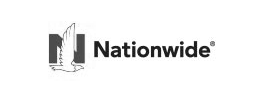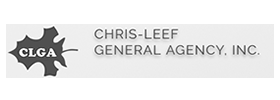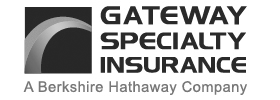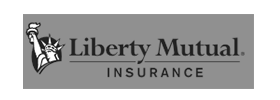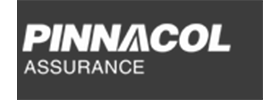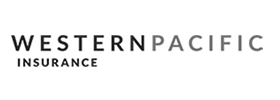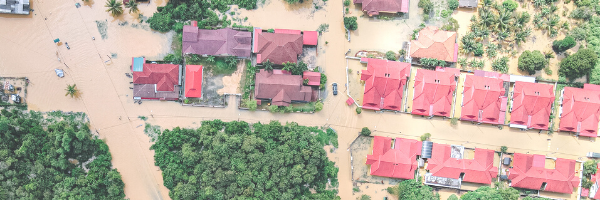
Headlines from August 2021
- Record Rainfall Causes Flash Floods in Flagstaff Burn Areas, Arizona
- 98 Rescued, 35 Missing in North Carolina Floods After Rain From Tropical Storm ‘Fred’
- State of Emergency After Flash Floods in Steuben County, New York
- More Deaths Reported Following North Carolina Floods
- 10 Dead, More Missing After Record Rainfall and Catastrophic Floods in Tennessee
- Death Toll Rises in Tennessee Floods, Over 20 Still Missing
Many of these areas had never seen flooding before, or at least, not flooding to this level. Both global climate change and population expansion are combining to flood (pun intended) the news with reports of lives lost and property destroyed by rising waters.
For decades, all flood insurance policies were written by the federal National Flood Insurance Program (NFIP). A change in 2021 allows private insurance companies to now offer a second option that may provide the same insurance at a lower cost for many homeowners.
Before calling your local agent, though, understand some of the key differences between private and NFIP coverage. For one thing, where the NFIP guarantees renewal of its policies, a private insurer has the right to decide not to renew a policy, or outright cancel it. As private flood insurance represents new products, there’s uncertainty about what policies might cost in the future and which companies may still be writing them.
National Flood Insurance
The NFIP, established by the federal government in the 1960s, was intended to provide flood insurance and to establish floodplain standards for the country. The 1960s was a time of expanding suburbs and settlement of exurbs, with folks choosing to raise their families outside the city.
Many of those areas, were in flood plains, with a history of 100 year flooding. Meaning, once in 100 years, the flood plain would again flood as heavy rains and storms caused rivers and stream to rise above their banks.
Around 90% of residential flood insurance in the U.S. is provided by the NFIP.
Federal flood insurance includes two coverage types, each with their own separate out-of-pocket deductible.
- Building property coverage: Pays to repair flood damage to your home or garage. Maximum building coverage limits for residential property is $250,000, which was more than needed in the 1960s, but with today’s real estate market, may not be enough to fully repair damage caused by flooding.
- Personal property coverage: Pays to repair or replace flood damaged furniture, electronics, appliances, and other personal property. The maximum personal property coverage limit is $100,000.
Prior to July 1, 2019, if your mortgage was federally backed and you lived in a high-risk flood zone, the mortgage company could require flood insurance purchased exclusively through the NFIP. As of July 1, 2019, mortgage lenders were required to accept private flood insurance, as long as the policy had at a minimum of the same quality coverage as provided by NFIP.
Standard homeowner’s insurance policy does cover certain types of water damage, but will not cover damage from natural flooding, which is why mortgage lenders often require separate flood insurance for homes in special flood hazard areas. And now, coverage may be available on the private market.
While private flood insurance makes up a tiny fraction of the market, it’s becoming an increasingly popular, and occasionally cheaper, alternative to the NFIP. Private flood insurance tends to have a wider array of coverage options and higher limits of protection than the NFIP plan.
NFIP vs Private Insurance
Coverage Differences
A significant difference between NFIP and private insurance is coverage options.
The NFIP maximum building coverage limit is $250,000. Private carriers can offer up to $1 million in coverage, with some companies offering higher limits. As the replacement cost for houses continues to increase, it may be worth purchasing that additional coverage.
Private flood companies also offer coverage not available through NFIP. Replacement cost under NFIP is only offered for primary residences. Other property types and contents are only covered at actual cash value. Private flood carriers can offer the option to add replacement cost coverage for both contents and secondary residences.
Other optional coverages available only through private flood are:
- Additional living expenses – coverage for temporary housing while the primary residence is under repair and restoration
- Pool repair and fill – covers damage to the pool itself, as well as filtering equipment
- Business income coverage – lost income while recovering from damage
- Enhanced coverage for detached structures – for example, garages, offices, carriage houses
Waiting Periods
Another major difference between NFIP and private is the policy waiting period.
NFIP has a mandatory 30-day waiting period from the date of payment to the date coverage begins, with exceptions for loan closing requirements. However, the maximum private flood policy waiting period is only 15 days. And some companies allow coverage to go into effect immediately.
Final Consideration
With the rising number of flood emergencies, (six in August of last year alone affecting the entire country from California to Alabama, Georgia, Virginia, and Rhode Island), flood insurance helps protect your property.
The NFIP is required to be reauthorized by the government every so often (the most recent reauthorization was extended to February 18 of this year). If the NFIP were to expire, no policies through the program could be written or renewed, leaving private carriers as the only option.
As private flood carriers do not have to follow FEMA regulations, coverage rates can fluctuate. As there are multiple carriers, there is the option to shop coverage with multiple companies. Competition is always in the best interests of the consumer.
Aspen Insurance Agency is a family-run business in Denver, Colorado servicing clients nationwide. We work with multiple insurance carriers to offer our customers a wide variety of risk reduction coverage at the lowest possible cost. We offer a wide range of personal, auto insurance, commercial and professional insurance to residential and commercial insurance customers enabling the cheapest rates available. Call to speak to one of our professionals for home or business insurance and see how painless insurance shopping can be.






